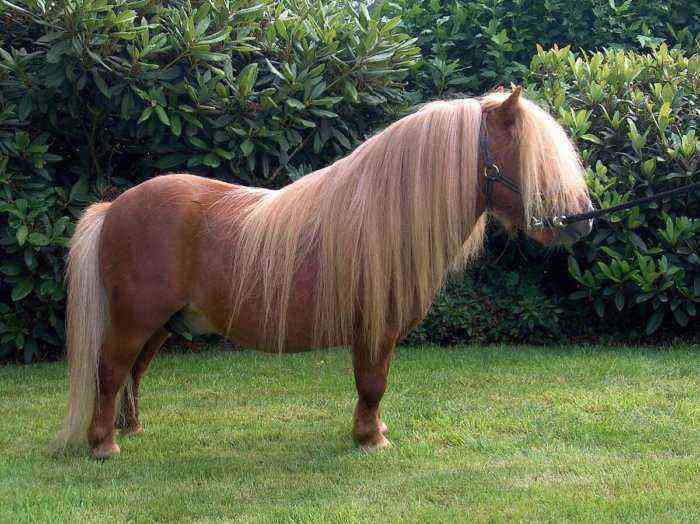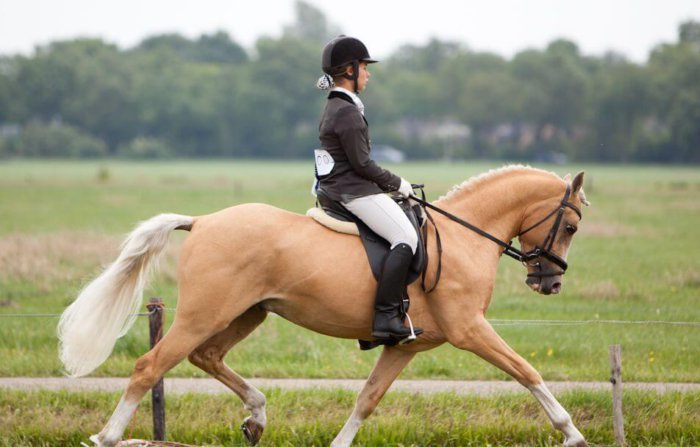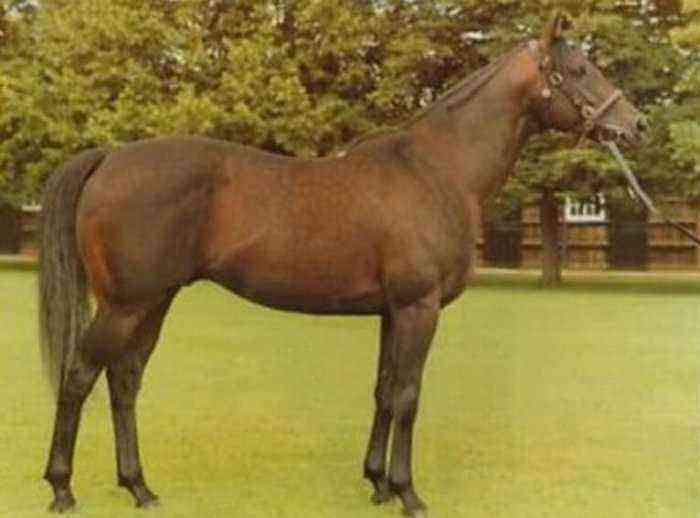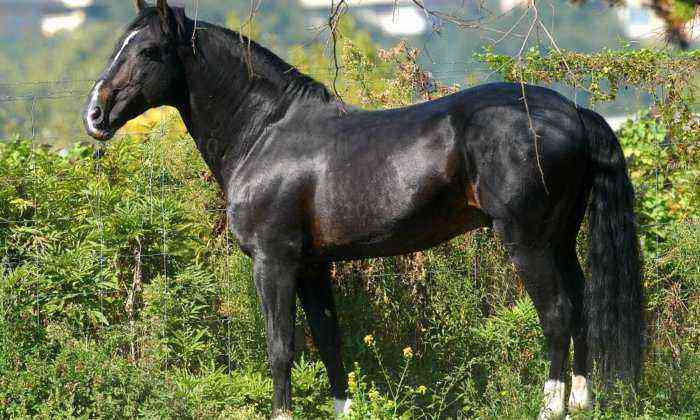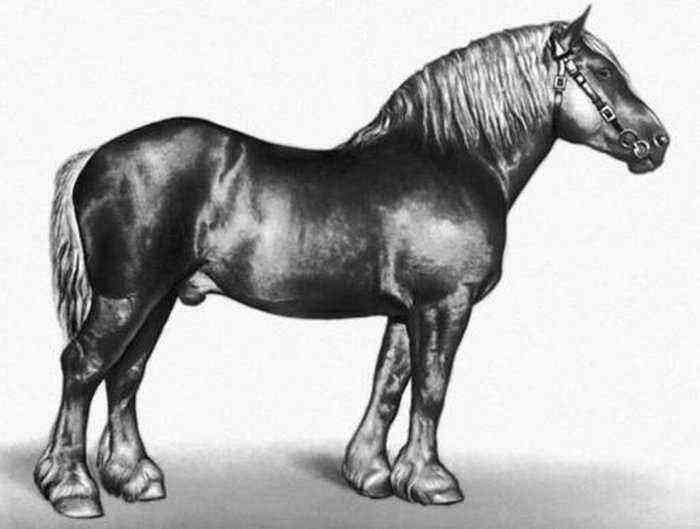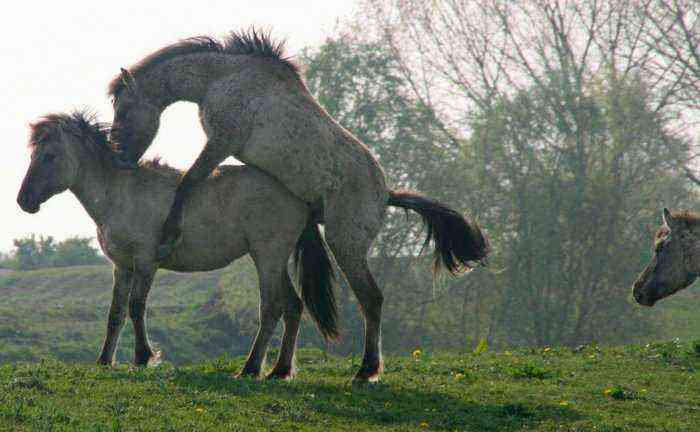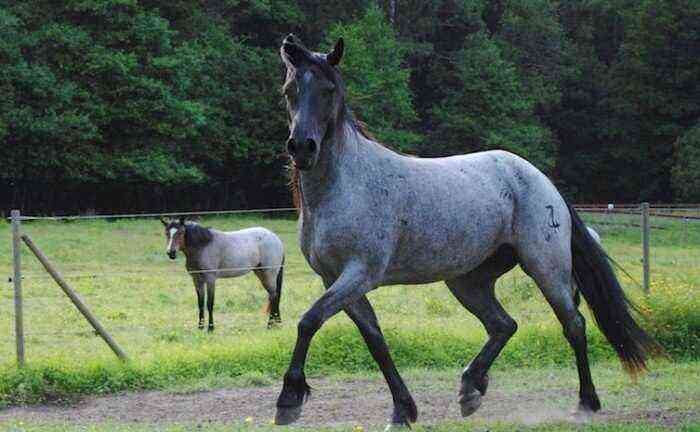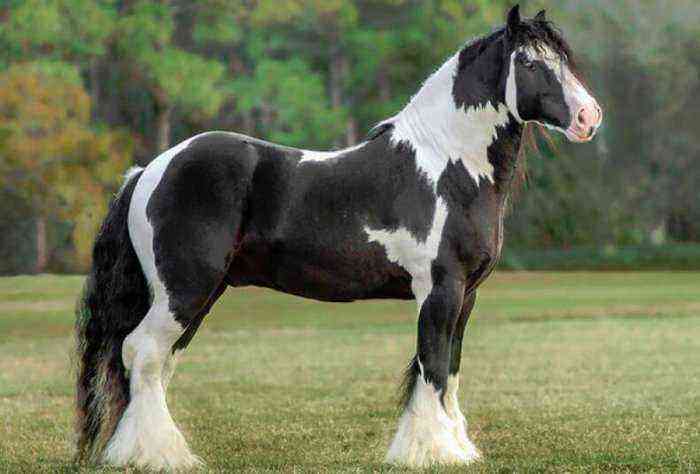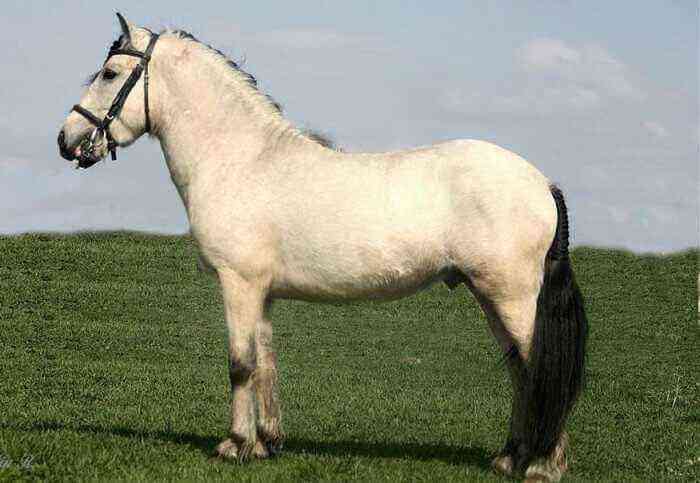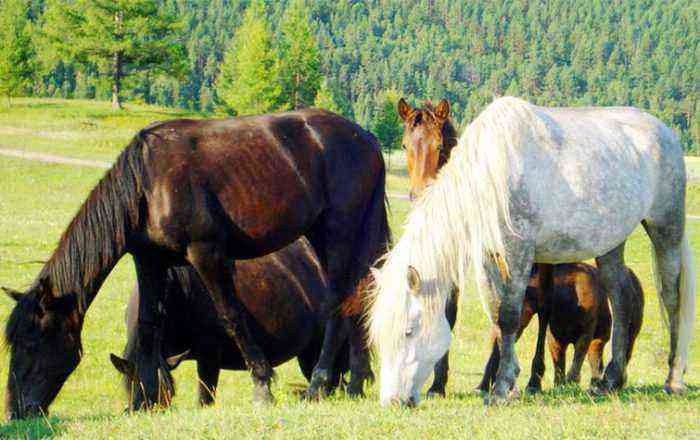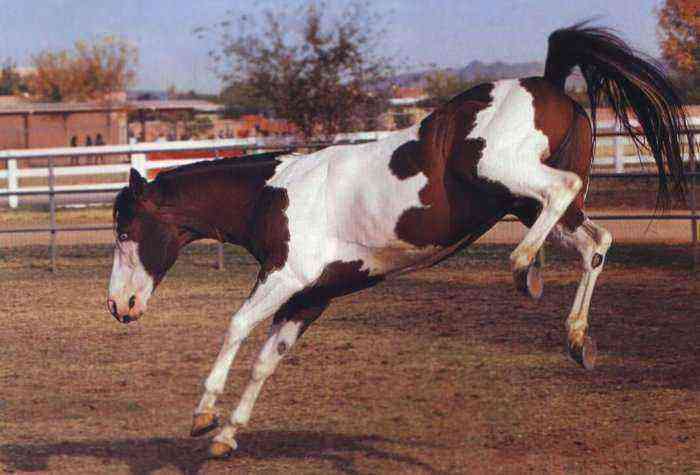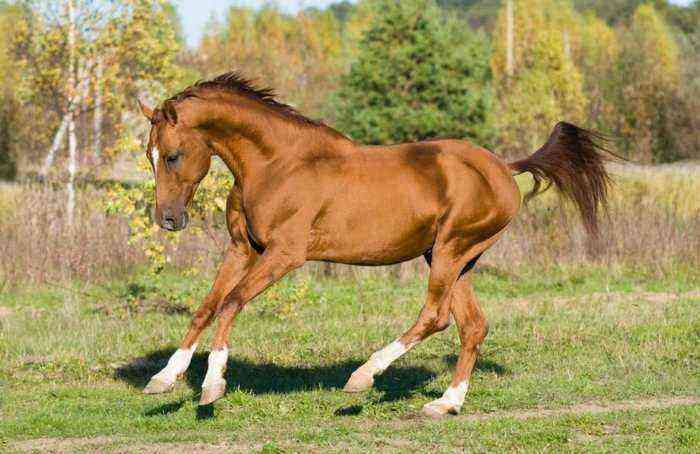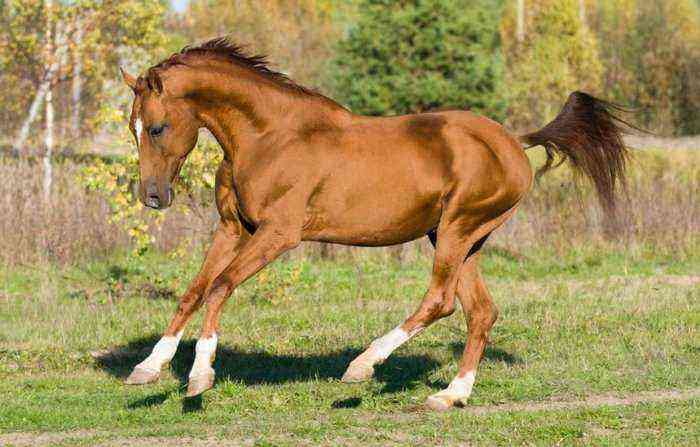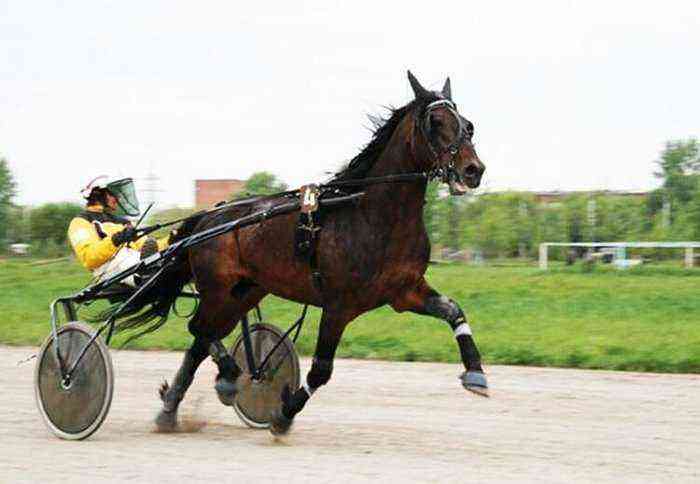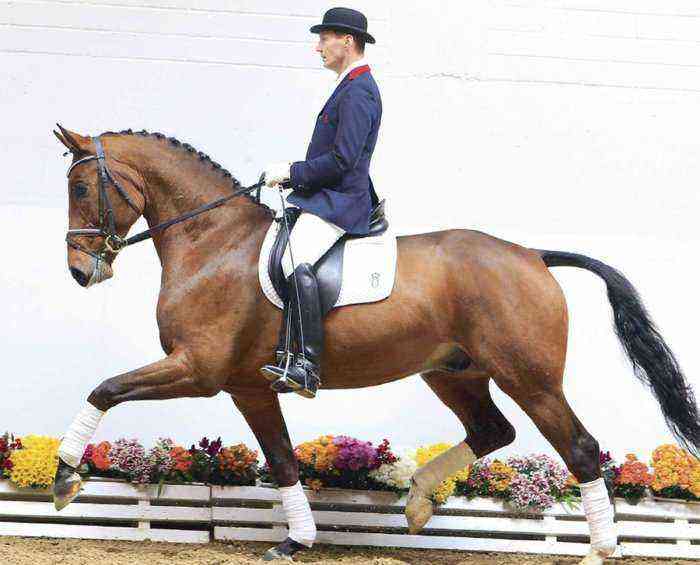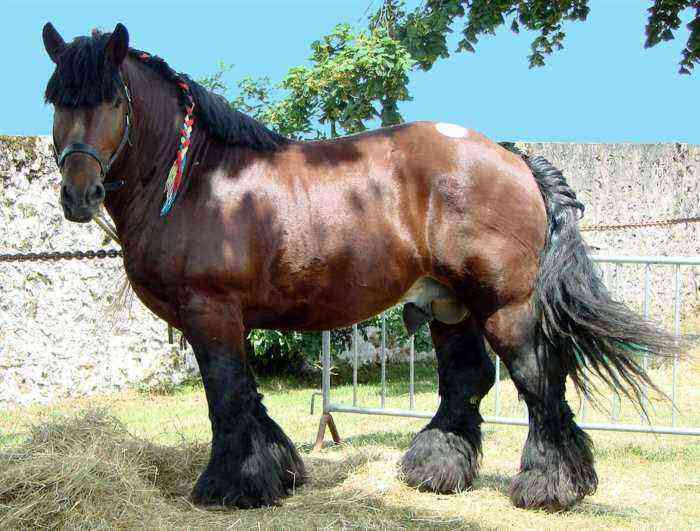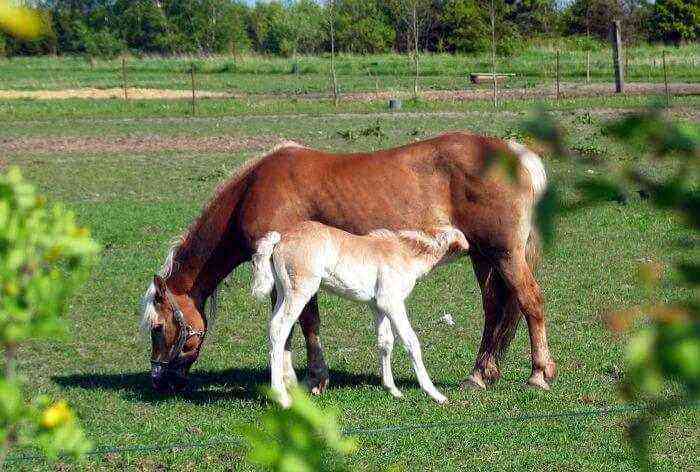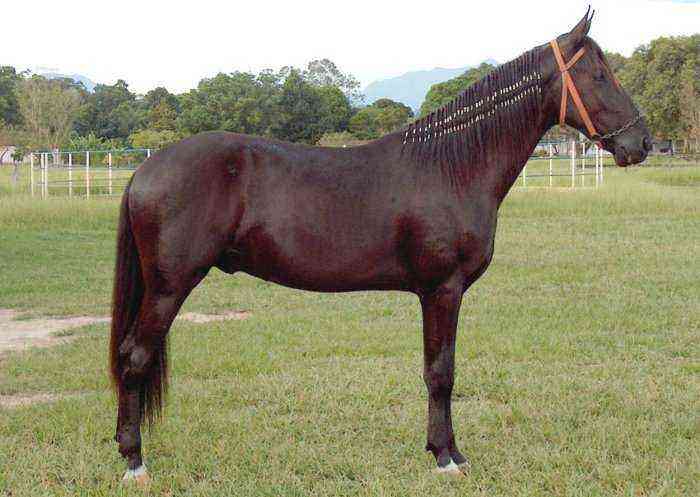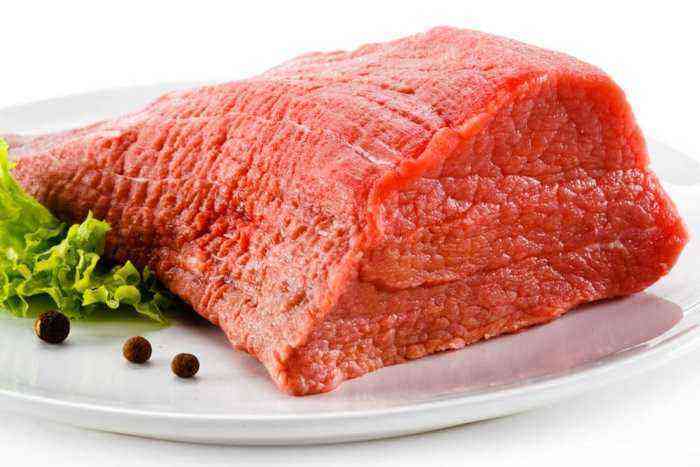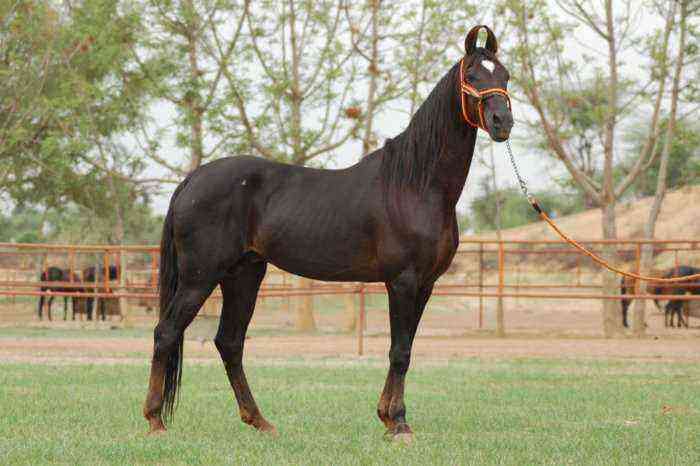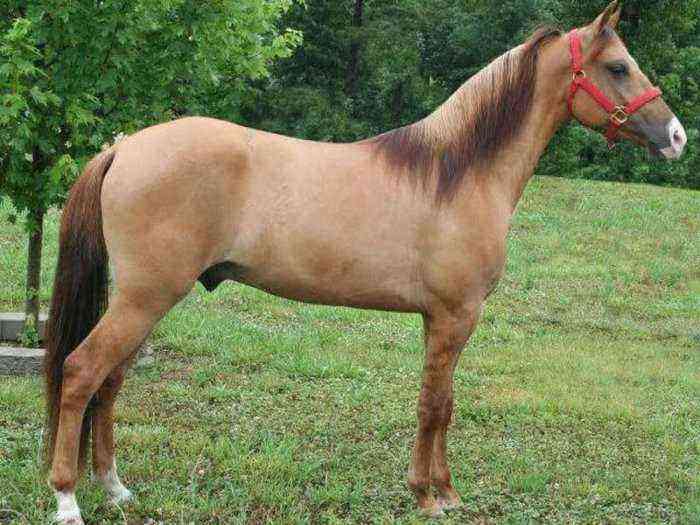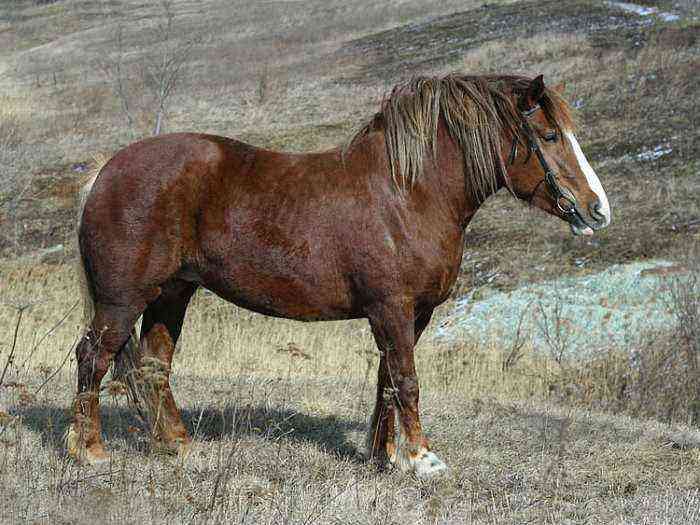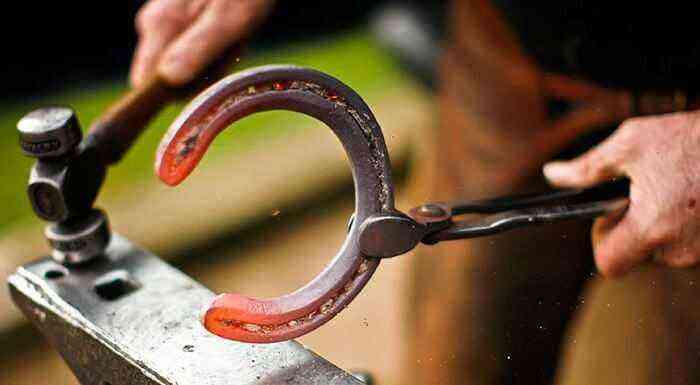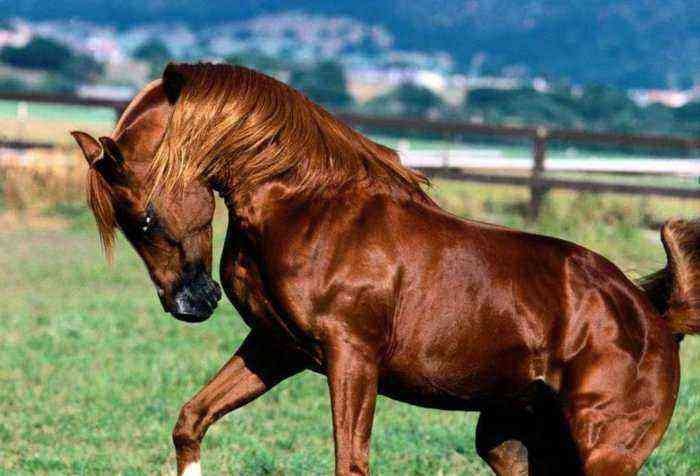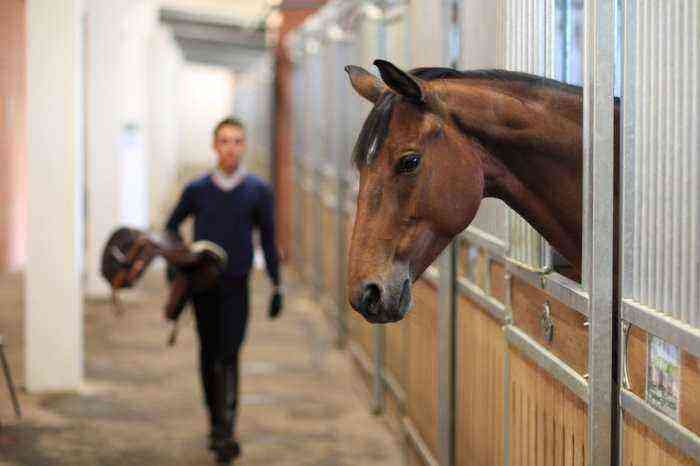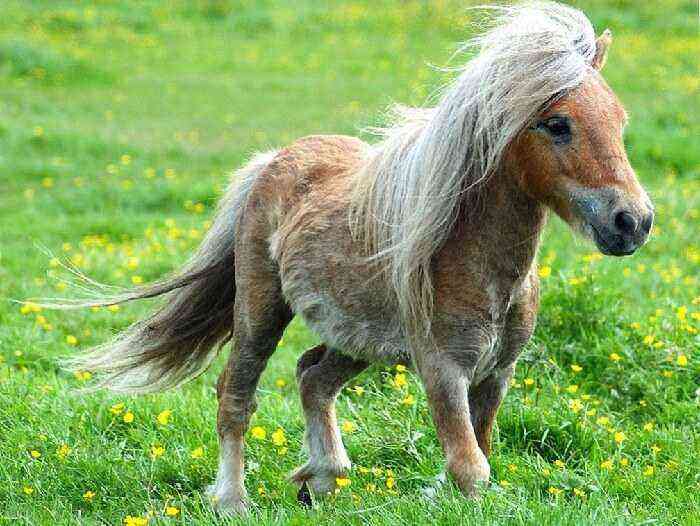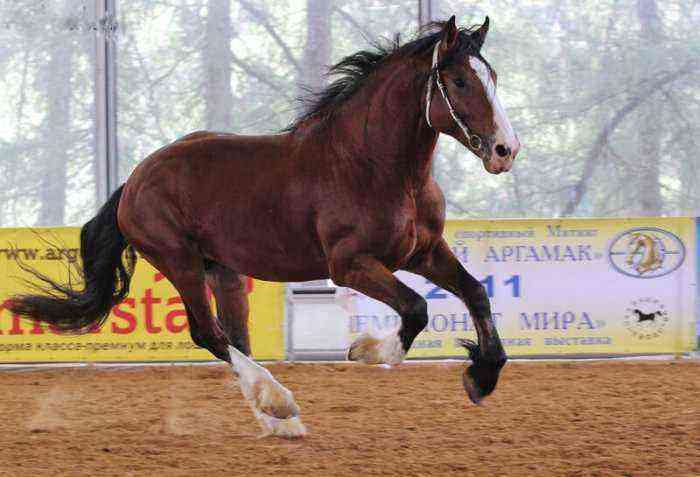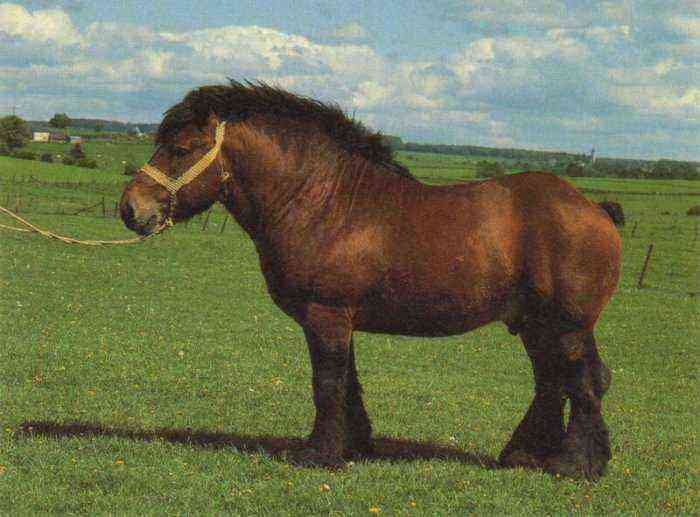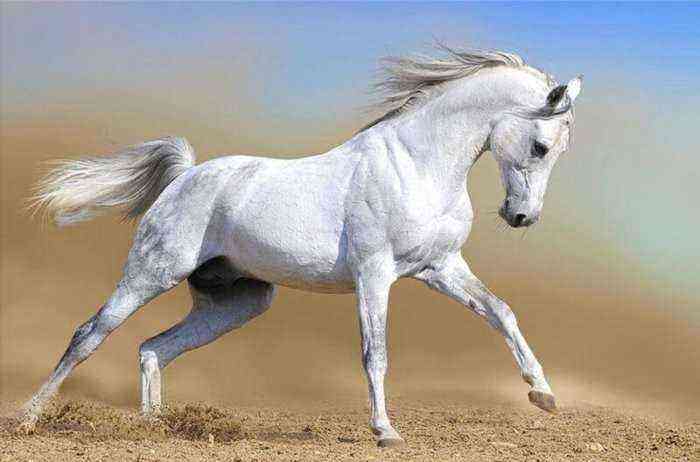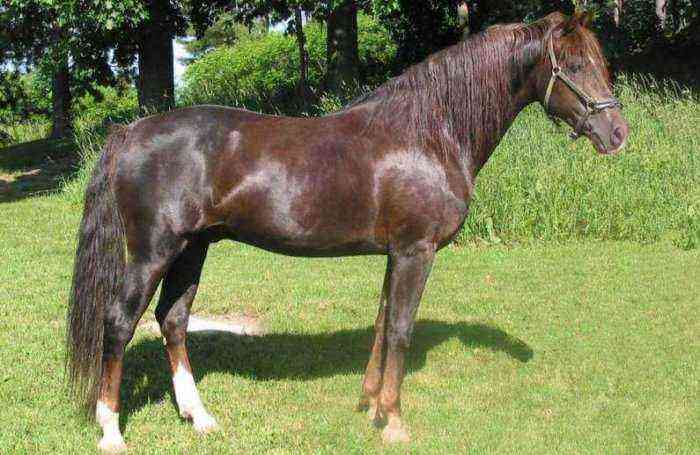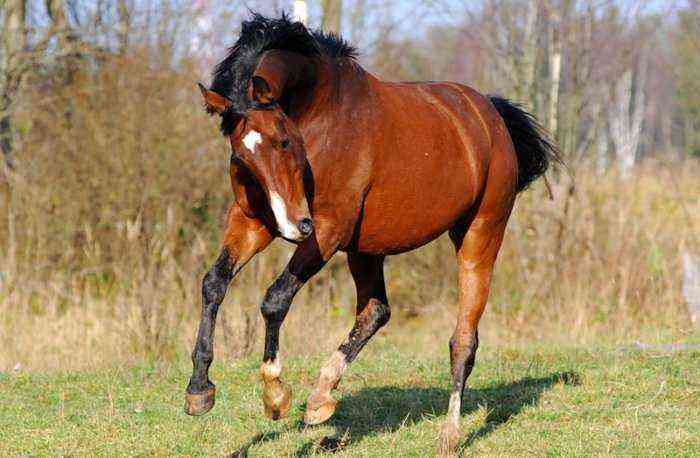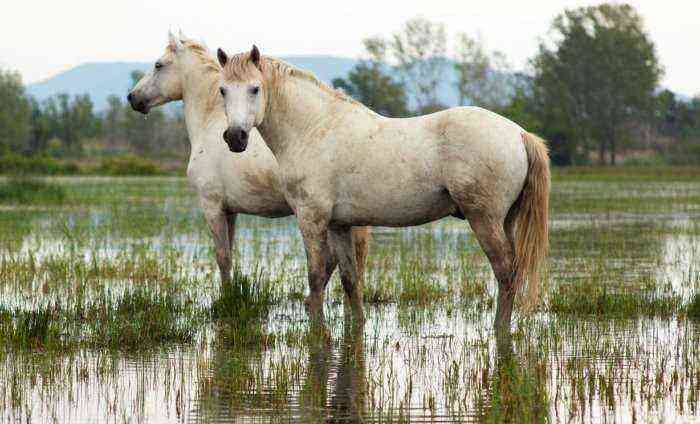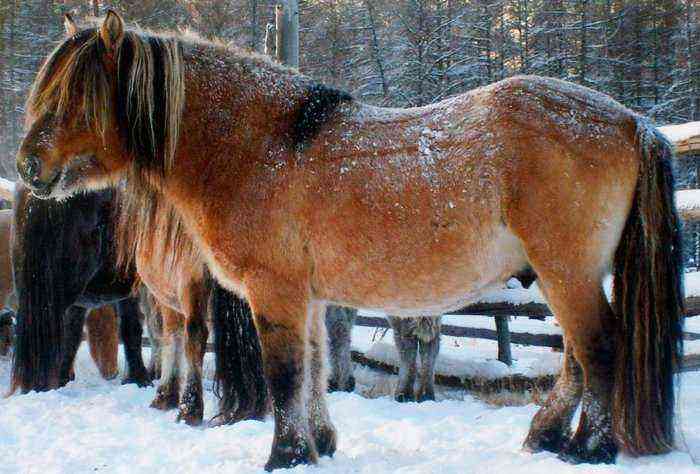The name “pony” comes from the Gaulish word ponaidh, which literally translates as “little horse”. All representatives of this subspecies are small in size: the height of horses does not exceed 140-150 centimeters. The first ponies were seen in Europe in the northern part of Scandinavia. These areas are characterized by poor vegetation and rocky soil, humid Atlantic winds and a cool climate. Also, the remains of the oldest breed of small horses were found in the southern part of France – in the delta of the Rhone River.
pony horses
Characteristic features of a pony
The main feature of the pony is its small stature. The subspecies includes many different breeds that have been bred in the British Isles, Iceland, Corsica, Sicily, Gotland and Hokkaido. The life span of a pony is longer than ordinary horses: they often live up to 50–54 years.
Important! In each country, the size of this subspecies in the scientific literature is defined differently. For example, in Russian reference books, horses up to 100-110 cm tall are classified as ponies, while in England ponies can be up to 147 centimeters at the withers, and the International Equestrian Federation classifies horses up to 150 centimeters tall as this subspecies.
Other characteristic external signs of a pony: a large wide neck, strong legs, well-developed body muscles. Such horses are distinguished by extraordinary endurance and were previously used in hard work, including for transporting goods in coal mines and mines.
pony breeds
To date, there are about 20 different breeds of ponies. It is believed that all of them owe their origin to the wild subspecies of the horse and were known in antiquity.
Shetland
The typical Shetland horse is one of the most compact. The growth of an adult starts from 65 centimeters and never exceeds 110 cm. The breed was bred 1 thousand years ago in the Shetland Islands of the Atlantic. Today, Shetland ponies are widely used as riding ponies in children’s equestrian sports and actively take part in races and jumps.
Typical Shetland horse
Distinctive features of Shetland ponies are a large head, strong legs, a wide body, a long tail and mane. Horses can be of any color, but the most common are piebald, black and light gray.
Exmoor
Exmoor horses are of medium height: the height of adults is in the range of 114-125 centimeters. The breed takes its name from its place of origin. She was bred in Exmoor in the southwest of England and is now critically endangered with no more than 300 mares remaining that can be used for breeding, according to official figures.
The main features of the Exmoor breed:
- developed muscular corset;
- endurance, disease resistance;
- a large head with miniature ears and unusual “toad” eyes;
- resistance to cold;
- thick coat, hard in places, due to which the undercoat of the horse does not get wet in rainy weather.
Exmoor ponies are most often of a dark bay color with characteristic “mealy” areas around the eyes.
Welsh
The Welsh is one of the oldest pony breeds, having been bred as far back as the time of Caesar. There are 3 types in the breed (Welsh Mountain, Medium and Welsh Cob), which differ in height at the withers. The tallest horses of this breed – up to 159 cm at the withers, belong to the Welsh Cob type, and the smallest are representatives of the mountain type, their height does not exceed 122 cm.
Welsh horses are used for children’s riding, they are distinguished by endurance, quick wit, they jump and swim beautifully.
Horse
A riding pony is a specially bred type of horse for children’s show classes. The breed was obtained in the UK by crossing the Welsh and Dartmouth breeds with the best representatives of the Arabian riding. Riding ponies are distinguished by a strong build and powerful bones, but at the same time, in their posture and grace, they resemble full-blooded full-sized riding horses.
riding pony
The riding breed is conditionally divided into 3 classes, depending on the height: less than 127 cm, from 127 to 137 cm and from 137 to 142 cm. The color of the pony can be absolutely any. Most often it is monophonic, but white marks are also acceptable.
Icelandic
Icelandic ponies are black and bay horses, no more than 137 cm tall. Sometimes you can meet an Icelander with a bulan or mouse color. This versatile breed is very strictly protected and is not allowed to mix: it is forbidden to import horses from the mainland into Iceland. The Icelandic breed is unique, its representatives can move in a special kind of gait – the tölt, which is very comfortable for the rider and is appreciated in riding. Another feature of the Icelandic breed is quick wit. These horses are well oriented on the ground and easily find their way home.
A typical representative of the breed is characterized by a large head, a straight profile, small ears, a short back, and a wide neck. The wool of these animals is very hard, the mane and tail are long.
Pygmy or Sparkling
Dwarf ponies are outwardly very similar to riding breeds of horses, while their height does not exceed 86 cm at the withers. Such horses look very proportional, have a kind, docile disposition, due to which they are especially popular in households and are used as guide animals.
Scottish
Scottish ponies are mountain horses. Their second name is highland ponies: animals appeared on the islands of western Scotland and in the northern part of the country. The breed is characterized by increased endurance and longevity, outwardly it resembles an Asian wild horse. Highland ponies were created by crossing Clydesdale and purebred Arabian horses, with the addition of French, Dales, Fell and Spanish ponies, representatives of the Hackney breed.
Scottish ponies easily endure adverse living conditions, are distinguished by excellent health. A powerful physique allows these horses to withstand the weight of a person, work in a team, and easily climb mountains with a heavy load. The height of horses of this breed is 132–144 cm at the withers. The suit can be very diverse, from dark bay to red-red and gray.
Falabella
A breed of miniature horses that was bred in Argentina. When they are crossed with large breeds, the offspring retain the dominant short stature gene. The breed can be of any color, the height at the withers is in the range of 50–75 cm. The mass of such a horse does not exceed 60 kg. Falabella pony is a typical decorative animal that willingly plays with children, has a good-natured character and a calm disposition.
Miniature horse breed Falabella
Pinto
Pinto horses are difficult to attribute to a separate breed. They stand out in the American classification of horses and unite representatives of various breeds of spotted color. There are no features in the exterior and structure of pinto horses. Thoroughbred piebald horses, and Arabian breeds, and pleasure horses, and quarterhorses, popular in the USA, belong to this breed type. In the Pinto breed, 2 subgroups of ponies are distinguished: from 86–142 cm and up to 86 cm at the withers.
The smallest horse in the world
The smallest horse in the world is a representative of the Pinto breed named Einstein. At birth, the weight of the foal was only 2,7 kg, height – 36 centimeters. Now the weight of a miniature horse is already 28 kilograms. However, Einstein is not the only contender for the title of champion. Its main competitors are the horse Tumbelina, born in 2001 weighing 4 kg (now her weight is 26 kg) and the miniature pony Bella, born with a weight of 4 kg and a height of 38 cm in a special Center for breeding miniature horses.
Horse care and nutrition
Keeping a pony is not very difficult. Animals need a spacious stall that needs to be cleaned regularly, constant access to fresh water, individual diet selection, depending on the breed of the horse, its size and activity. The advantage of ponies is their resistance to cold and heat, which allows them to be kept outdoors most of the time.
In summer, animals can eat pasture. They also willingly eat concentrated feed, hay, straw, vegetables. For feeding animals in stalls, nursery feeders must be equipped. Pony food is served 2 times a day, dividing the daily portion into 2 equal parts. Water in drinkers, if it is not supplied automatically, is changed 3 times a day.
The maintenance of a pony practically does not differ from the maintenance of ordinary horses. Due to their good-natured disposition and friendliness, they can be placed in common stalls, which greatly simplifies care. These animals can become an excellent companion for a child, an assistant in work or a real champion in horseback riding.
